Bulbs
Flower Basics
Flower Beds & Specialty Gardens
Flower Garden
Garden Furniture
Garden Gnomes
Garden Seeds
Garden Sheds
Garden Statues
Garden Tools & Supplies
Gardening Basics
Green & Organic
Groundcovers & Vines
Growing Annuals
Growing Basil
Growing Beans
Growing Berries
Growing Blueberries
Growing Cactus
Growing Corn
Growing Cotton
Growing Edibles
Growing Flowers
Growing Garlic
Growing Grapes
Growing Grass
Growing Herbs
Growing Jasmine
Growing Mint
Growing Mushrooms
Orchids
Growing Peanuts
Growing Perennials
Growing Plants
Growing Rosemary
Growing Roses
Growing Strawberries
Growing Sunflowers
Growing Thyme
Growing Tomatoes
Growing Tulips
Growing Vegetables
Herb Basics
Herb Garden
Indoor Growing
Landscaping Basics
Landscaping Patios
Landscaping Plants
Landscaping Shrubs
Landscaping Trees
Landscaping Walks & Pathways
Lawn Basics
Lawn Maintenance
Lawn Mowers
Lawn Ornaments
Lawn Planting
Lawn Tools
Outdoor Growing
Overall Landscape Planning
Pests, Weeds & Problems
Plant Basics
Rock Garden
Rose Garden
Shrubs
Soil
Specialty Gardens
Trees
Vegetable Garden
Yard Maintenance
How to Care for Pansy Flowers
How to Care for Pansy Flowers. Although they seldom grow taller than 6 to 9 inches, pansies (Viola x wittrockiana) offer charming monkey-faced flowers up to 4 inches across. Short-lived perennials in U.S. Department of Agriculture plant hardiness zones 6 to 10, where they are usually set out in fall for cool-season bloom, pansies are also grown as...
Although they seldom grow taller than 6 to 9 inches, pansies (Viola x wittrockiana) offer charming monkey-faced flowers up to 4 inches across. Short-lived perennials in U.S. Department of Agriculture plant hardiness zones 6 to 10, where they are usually set out in fall for cool-season bloom, pansies are also grown as hardy annuals farther north. There, they generally bloom from late spring through early summer before declining in midsummer heat. They prefer acidic, humus-rich soil in full sun to partial shade and should be planted at least 7 inches apart to prevent fungus problems.
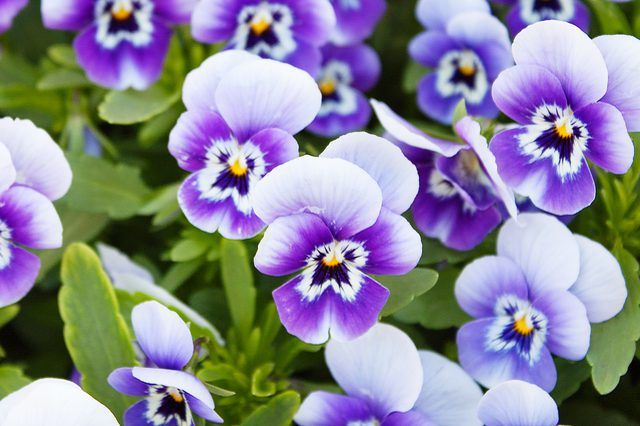
Things You'll Need
Watering can
5-10-5 granular fertilizer
Pine straw or mini bark nuggets
Straw
Iron phosphate slug bait
Sprayer
Neem oil
Goggles
Respirator
Garden shears
Step 1
Water your pansies during dry weather, often enough that they receive at least 1 inch of water per week. Avoid splashing their leaves, as that can cause fungus problems.
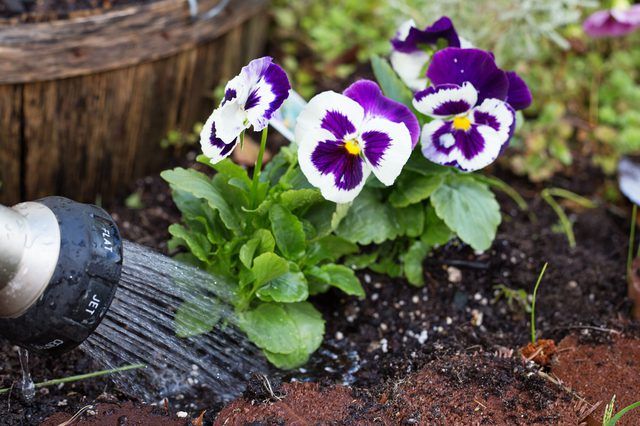
Step 2
Scratch a 5-10-5 granular fertilizer into the ground around the pansies one week after setting them out, applying 8 ounces for every 25 square feet of garden bed and watering it in. Fertilize spring-planted types once a month thereafter until they stop blooming, usually in midsummer. For fall-planted varieties, apply that fertilizer once every three months until early spring, after which it should be increased to once a month.
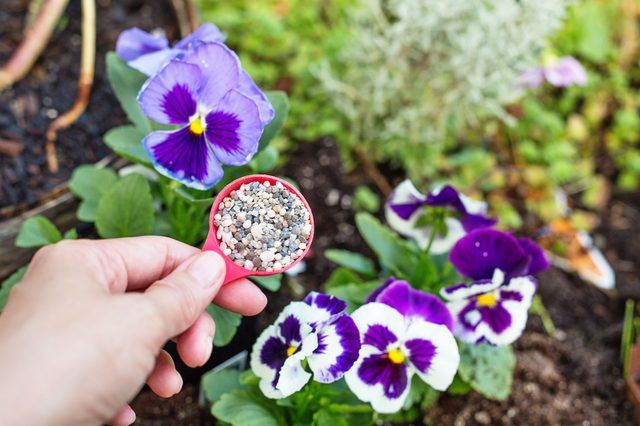
Step 3
Mulch the pansies, after fertilizing them, with 1 to 2 inches of pine straw or mini bark nuggets to suppress weeds and retain moisture in the soil. Cover the plants completely whenever the temperature threatens to fall below 20 degrees Fahrenheit. Heap straw or pine straw lightly over them, being careful not to crush their foliage, and remove the covering when the weather warms again.
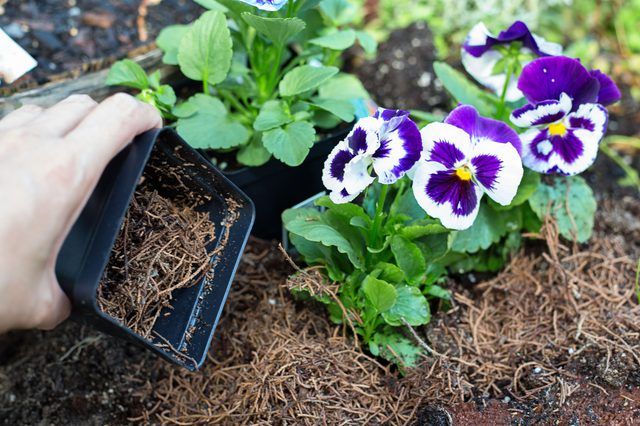
Step 4
Scatter a slug bait containing iron phosphate around the plants during the months that snails and slugs are active. Use about 1 teaspoon of the pellets per square yard, and renew the bait every two weeks or after heavy rains.
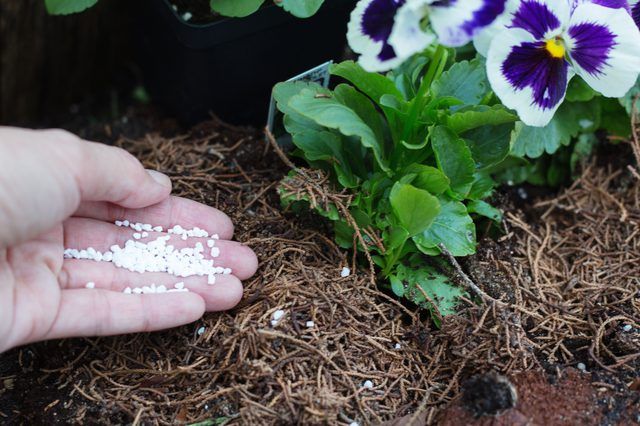
Step 5
Watch for brown fungus spots on your pansies or pests such as aphids, which look like green lice, or spider mites, which resemble active dust motes. If you see any of these problems, snip off the damaged leaves first and treat the plants with neem oil, which is both a fungicide and an insecticide. Stir 2 tablespoons of the oil into 1 gallon of water and -- wearing goggles and a respirator -- spray the plants thoroughly in the morning, repeating the treatment once every seven to 14 days until the problem is gone.
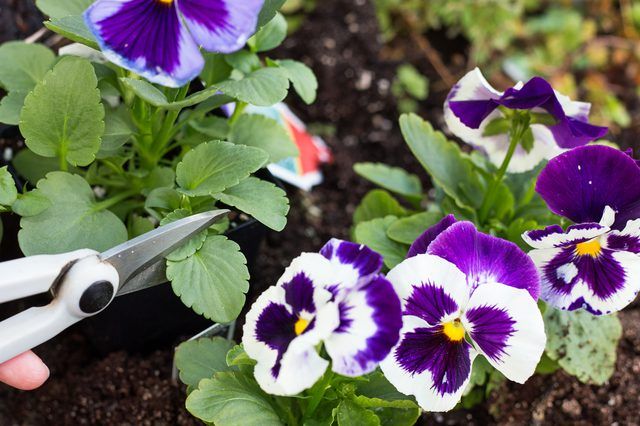
Step 6
Snip or pinch off the withered flowers on your pansies. This should prevent the plants from going to seed, thus prolonging their bloom time. Sterilize your pruning tool blades by wiping them off with alcohol and allow the blades to dry before using.
